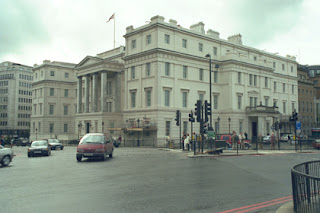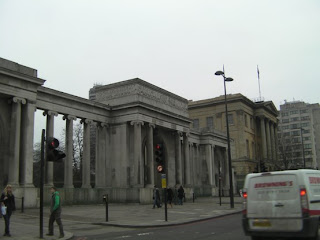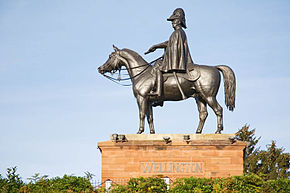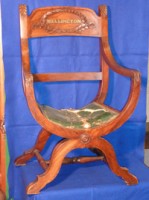Another bicentenary is here, though its connection to Britain is not quite direct. However, the failure of Napoleon’s Russian invasion and the destruction of a large part of his army contributed to his ultimate defeat(s) by the allied nations led by Great Britain.
With the benefit of hindsight, historians have spent two hundred years pointing out the deficiencies in Napoleon’s goals, strategies and execution. I have to admit most of my knowledge about Napoleon’s Russian campaign was learned in Tolstoy’s War and Peace, published in 1869.
And since it is incredibly long (though also brilliant), I skimmed (or skipped) large sections. So my limited knowledge is, perhaps, more attributible to the 1956 film of War and Peace. I love that movie, starring Audrey Hepburn as Natasha, Mel Ferrar as Prince Andrei, and Henry Fonda as Count Pierre Bezukhov.
As everyone knows, Napoleon’s campaign in Russia was a total disaster. Numbers vary but about half a million soldiers of the Grand Armee marched into Russia and only a fraction returned by the end of 1812. Well before the Russian campaign, Arthur Wellesley, later named first Duke of Wellington, began to turn the tide in the Peninsular War, invading Spain from Portugal in January, 1812. Wellington and the allies won the Battle of Salamanca, June 17-22, 1812. French Marshall Soult and his defeated troops fought on but slowly withdrew into France.
On June 24th, having heard nothing about the British and Allied victory in Spain, Napoleon’s troops crossed the river Niemen into what is now Lithuania, then Russian Poland. The Russians, greatly outnumbered, usually retreated or conducted brief skirmishes instead of standing and fighting as Napoleon’s enemies usually did. In doing so, the Russians drew the French deeper and deeper into their sparsely populated regions, completely fouling up supply lines for the rapidly moving French. By mid-October, the French encircled Moscow, the capital. The Russians evacuated the city — and it burned, whether set afire by the fleeing citizens or by the invading troops no one can know. Probably both.















